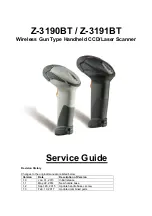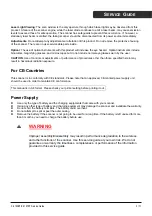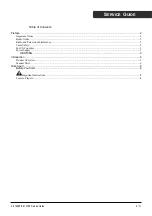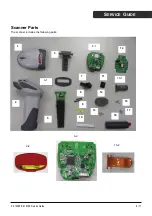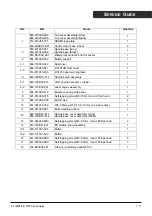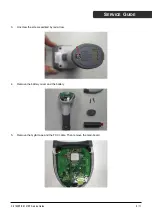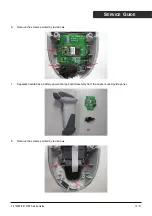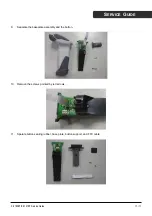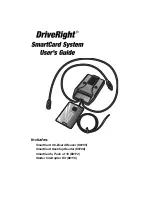
Z-3190BT/Z-3191BT Service Guide
2 / 11
S
ERVICE
G
UIDE
Preface
Important Notice
No warranty of any kind is made in regard to this material, including, but not limited to, implied warranties of
merchantability or fitness for a particular purpose. We are not liable for any errors contained herein or incidental or
consequential damages in connection with furnishing, performance or use of this material.
This material is for internal purpose only. No part of this document may be reproduced, transmitted, stored in a
retrieval system, transcribed, or translated into any language or computer language in any form or by any means
electronic, mechanical, magnetic, optical, chemical, manual or otherwise, without express written consent and
authorization.
We have taken reasonable measures to provide information in this manual that is complete and accurate. However,
the material in this guide is for information only; we reserve the right to make changes in product design without
reservation and without prior notification. For the latest revision please contact your distributor.
All trademarks mentioned herein, registered or otherwise, are the properties of their various respective owners.
Copyright © 2015. All rights reserved.
Radio Notice
This equipment generates uses and can radiate radio frequency energy. If not installed and used in accordance
with the instructions in this manual, it may cause interference to radio communications. The equipment has been
tested and found to comply with the limits for a Class A computing device pursuant to EN55022 and 47 CFR, Part 2
and Part 15 of the FCC rules. These specifications are designed to provide reasonable protection against
interference when operated in a commercial environment.
Radio and Television Interference
Operation of this equipment in a residential area can cause interference to radio or television reception. This can be
determined by turning the equipment off and on. The user is encouraged to try to correct the interference by one or
more of the following measures:
- Reorient the receiving antenna.
- Relocate the device with respect to the receiver.
- Move the device away from the receiver.
- Plug the device into a different outlet so that the device and the receiver are on different branch circuits.
If necessary the user may consult the manufacturer, and authorized dealer, or experienced radio/television
technician for additional suggestions. The user may find the following booklet prepared by the Federal
Communications Commission helpful: “How to Identify and Resolve Radio-TV Interference Problems.” This booklet
is available from the U.S. Government Printing Office, Washington, DC 20402 U.S.A., Stock No. 004000003454.
Laser Safety
This equipment generates, uses, and can radiate radio frequency energy. If not installed and used in accordance
with the instructions in this manual, it may cause interference to radio communications. The equipment has been
tested and found to comply with the limits for a Class A computing device pursuant to EN55022 and 47 CFR, Part 2
and Part 15 of FCC Rules. These specifications are designed to provide reasonable protection against interference
when operated in a commercial environment.
Radiant Energy
: The laser scanner uses one low-power visible laser diodes operating at 650nm in an opto-
mechanical scanner resulting in less than 3.9
μ
W radiated power as observed through a 7mm aperture and
averaged over 10 seconds.
Do not attempt to remove the protective housing of the scanner, as unscanned laser light with a peak output up to
0.8mW would be accessible inside.

